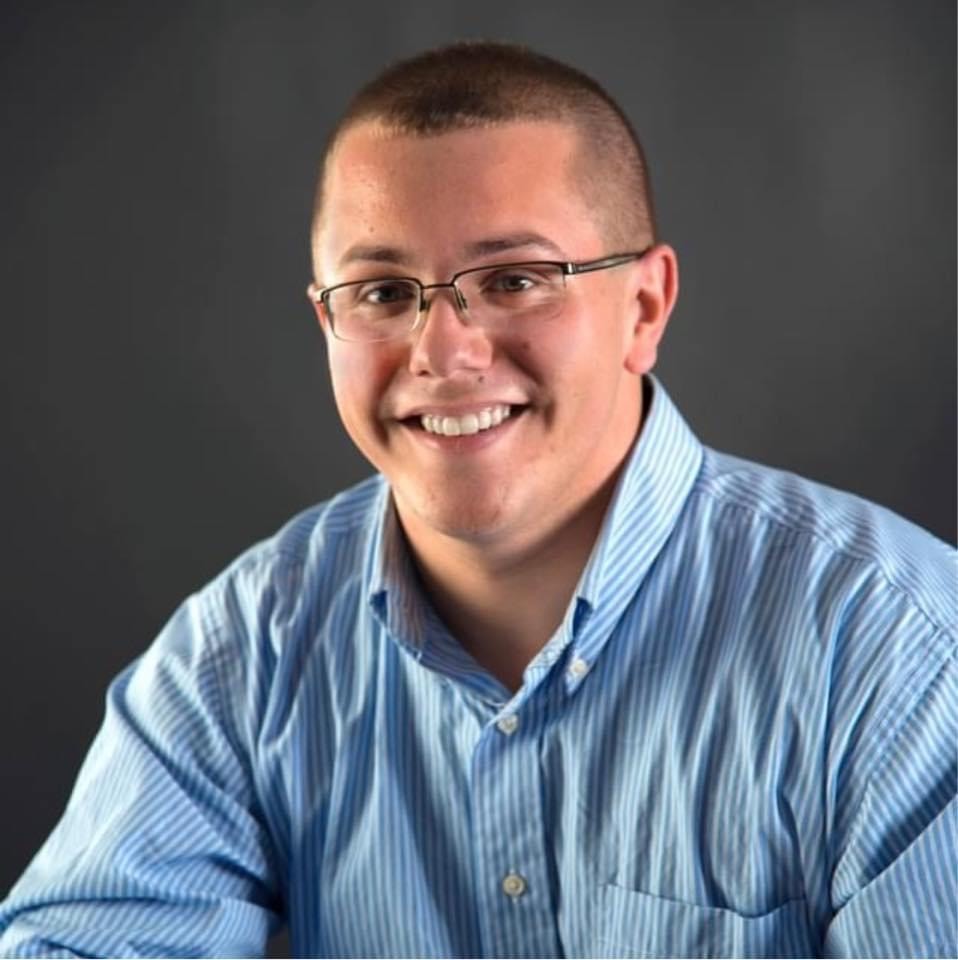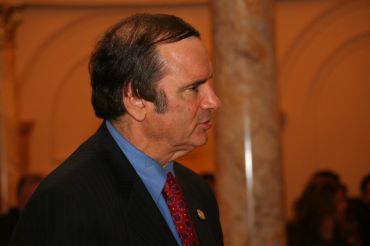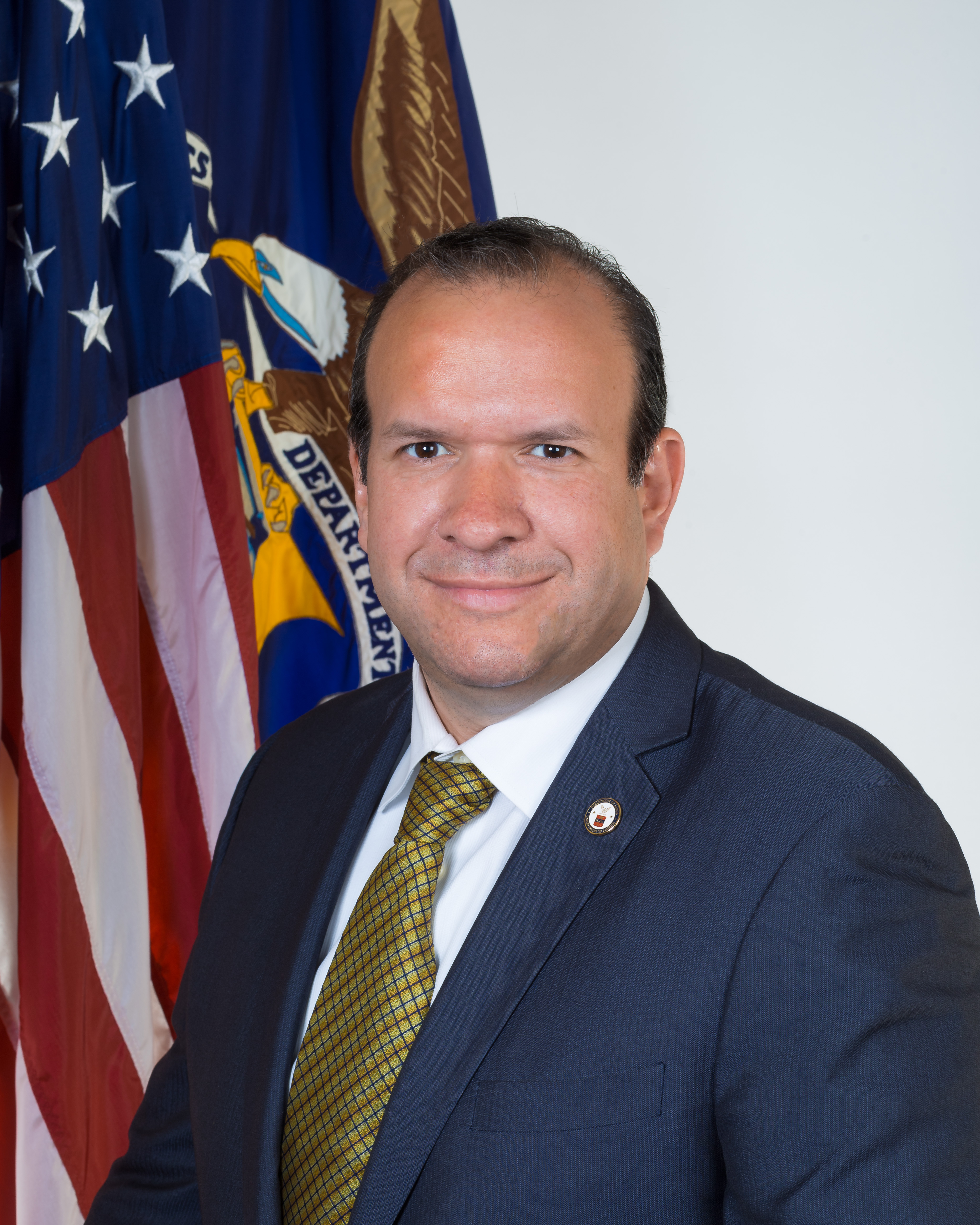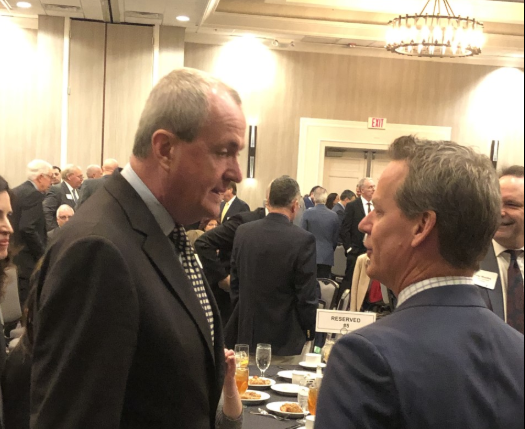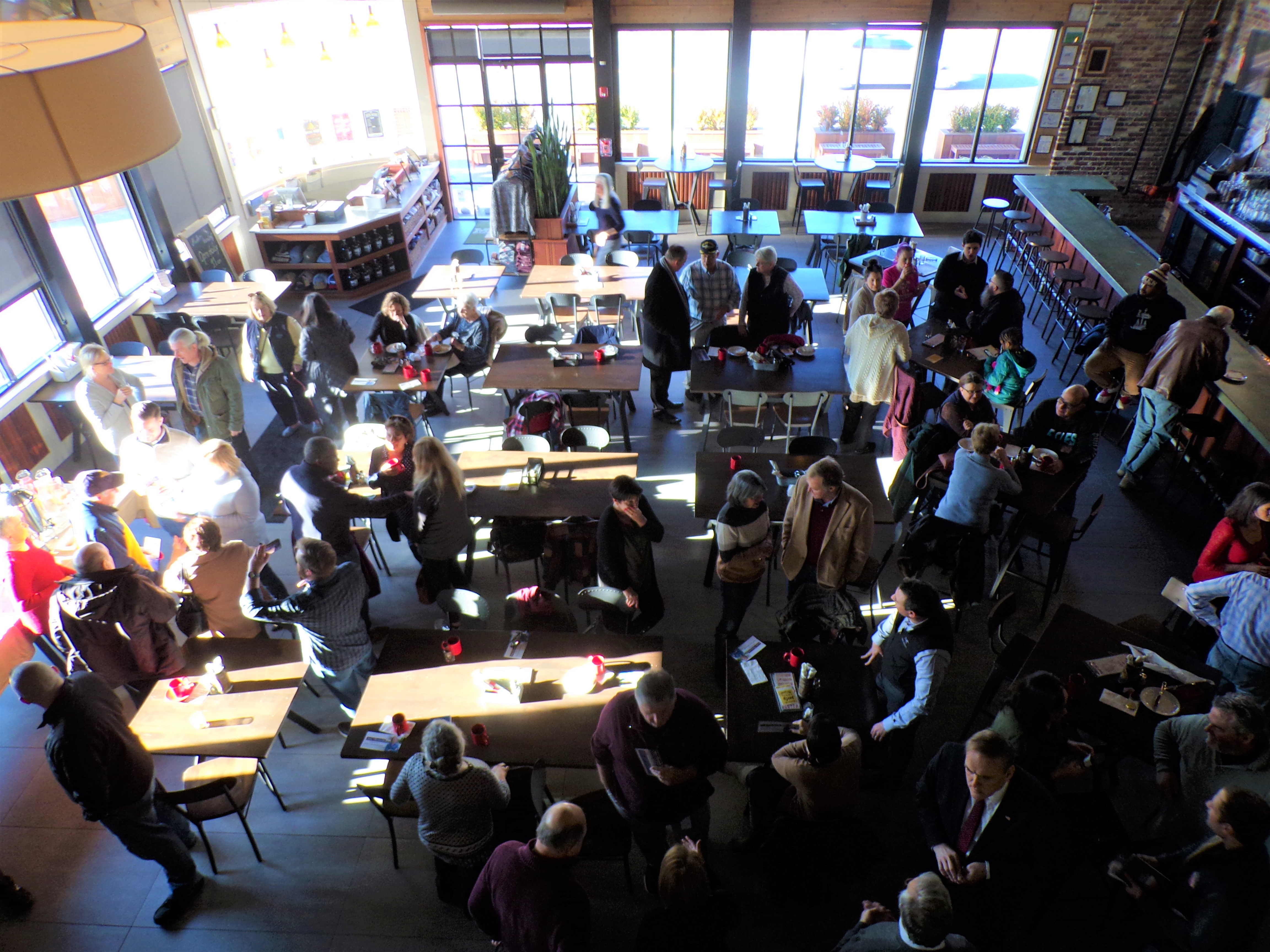Butler is a borough in Morris County, New Jersey, United States. As of the 2010 United States Census, the borough’s population was 7,539, reflecting an increase of 119 (+1.6%) from the 7,420 counted in the 2000 Census, which had in turn increased by 28 (+0.4%) from the 7,392 counted in the 1990 Census.
Butler was incorporated as a borough by an act of the New Jersey Legislature on March 13, 1901, from portions of Pequannock Township.
The area now known as Butler was originally called “West Bloomingdale” and was sparsely populated. Water power brought manufacturing entities to the area. In 1857, The Pequannock Valley Paper Company moved from Bergen County and in 1868 the Newbrough Hard Rubber Company built a factory, both based along the Pequannock River. These were two significant economic entities that contributed to the growth of the Borough. In 1871, the New Jersey Midland Railroad extended track through Butler from Paterson, making an important transportation connection for both passengers and freight. The northern terminus for the New York, Susquehanna and Western Railway’s passenger service was located at Butler until 1966. The railroad still carries freight through Butler.
The growing community was given the name “Butler” in 1881 after Richard Butler, who had taken ownership of the Hard Rubber Company. A Post Office was established and a larger railroad station was built. This station has been the Borough Museum since about 1977. The Hard Rubber Company eventually merged with other businesses and became the American Hard Rubber Company in 1898. A “Soft” Rubber Company built a factory just along Main Street. The borough continued to grow as other factories and supporting businesses were established. The population in 1920 was 2,265 people. By 1950, it was 4,063.
Butler’s largest fire began just after midnight, February 26, 1957, when one of the nation’s largest rubber reclaiming mills (Pequanoc Rubber Company on Main Street) was destroyed by a blaze estimated to have caused a loss of as much as $3 million at the time. The mill occupied the site on upper Main Street, an irregular shaped complex 600 feet by 300 feet and three to four stories high; it produced over 100 tons of reusable sheet rubber daily from 200 tons of scrap. One Butler Heights resident remembers the fire being so bright she could read a newspaper in her yard at 3am at a distance of a mile. The glow reportedly was visible for 100 miles, mutual aid response was required by volunteer fire companies from a dozen nearby fire companies.
Numerous organizations exist in town and, along with the neighboring towns of Kinnelon and Bloomingdale, many “Tri-Boro” organizations serve the area, including the local Little League & Volunteer First Aid Squad.
Butler was the location of a health resort run by Benedict Lust called “Yungborn” that opened on September 15, 1896.
As of the 2010 United States Census, there were 7,539 people, 3,031 households, and 1,976 families residing in the borough. The population density was 3,703.2 per square mile (1,429.8/km2). There were 3,169 housing units at an average density of 1,556.6 per square mile (601.0/km2). The racial makeup of the borough was 88.95% (6,706) White, 1.11% (84) Black or African American, 0.16% (12) Native American, 3.02% (228) Asian, 0.00% (0) Pacific Islander, 4.95% (373) from other races, and 1.80% (136) from two or more races. Hispanic or Latino of any race were 11.41% (860) of the population.
Source: Wikipedia




